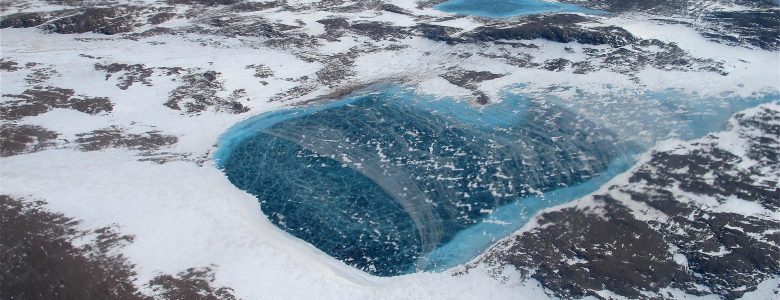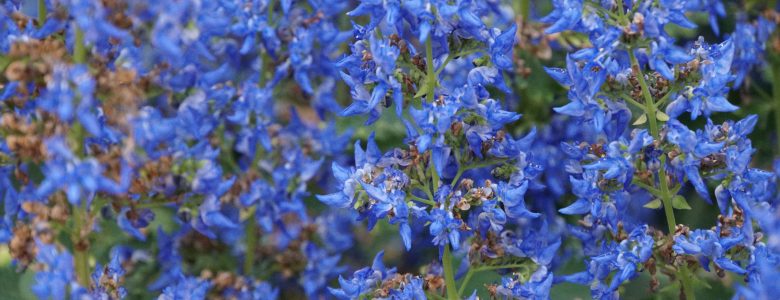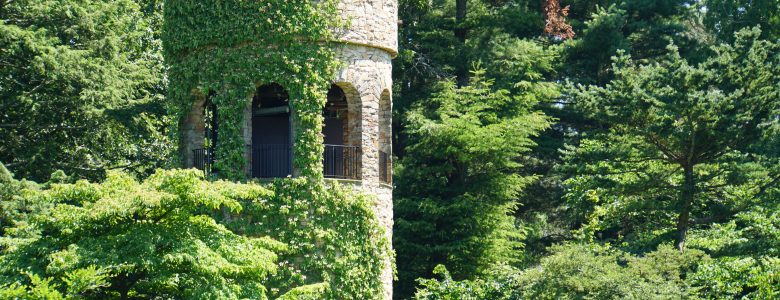May 28, 2020
The Burgundy Zine #15: Go Green

By: burgundy bug
“The Burgundy Zine #15: Go Green”
Source: The Burgundy Zine
a burgundy zine
May 28, 2020

By: burgundy bug
“The Burgundy Zine #15: Go Green”
Source: The Burgundy Zine
May 13, 2020

Last year saw record-breaking ice melt events in Greenland, with the largest island on Earth yielding a net ice loss of over 300gt, according to the National Snow & Ice Data Center.
To put this into perspective, a gigatonne is 1,000,000,000 metric tons, and a metric ton is equal to 1.10231 US tons. 300gt is roughly 330.7 billion US tons. Here, try out the conversion for yourself. We’ll wait.
However, last year was only the seventh-worst year for ice melt in Greenland. Data from the NSIDC shows 2012 had the highest ice melt, but melt had significantly decreased by 2013 – that isn’t to say conditions weren’t a cause for concern, but they had “chilled out” in comparison to 2012.
So, is there a chance 2020 might spare a little mercy towards Greenland? Well…
May 11, 2020

Bodies of water dry up before our eyes. Temperatures rise and the heat grazes our skin. We hear the calls of stray wildlife forced out of their natural homes by land development in our backyards. We can smell toxic pollutants and have learned to idolize “fresh air.” Contaminants slither into our rivers and we ingest them through dishes of fish delicacies.
Climate change is happening all around us, and yet, many individuals surveyed during the 2012 to 2016 California droughts felt the situation and climate change were a “distant” problem that didn’t directly affect them.
“Even in more directly affected places, there was often reference to the drought having a greater impact ‘elsewhere’ in the State,” the study explains.
April 30, 2020

Blue is all around us, from the oceans to their reflection in the sky, but it’s very rare that you’ll see blue anywhere else in nature – unless you’re flipping through a Dr. Seuss book.
Wildflowers sporting a bluish-hue, which includes purple and violet flowers, only account for about 15 to 20 percent of all flower colors, says a 2018 Breeding Science journal review.
“Many ornamental plants with a high production volume, such as rose and chrysanthemum, lack the key genes for producing the blue delphinidin pigment or do not have an intracellular environment suitable for developing blue color,” the review explains.
While recent advancements in genetic engineering have allowed scientists to synthesize blue roses, chrysanthemums, orchids, and dahlias, the process isn’t as simple as “editing a few genes” (granted, gene editing isn’t such a simple process, either).
April 8, 2020

The coronavirus pandemic has rattled life as we once knew it, like an earthquake trembling society’s foundation… But if an actual earthquake, a hurricane, a tornado, or a tsunami were to hit right now, what would happen?
Last week, we reached out to various organizations including the Federal Emergency Management Agency, World Health Organization, and American Red Cross to find out what emergency response would look like during a pandemic.
April 5, 2020

Whew! Following the release of “The Burgundy Zine #14: Healing,” we’ve jumped right into the topic for our next issue – “Go Green.”
We’re excited to begin our two-month celebration of mother Earth and encourage you to join our embrace of the big blue marble we inhabit.
Now, let’s jump into our recap of this week.